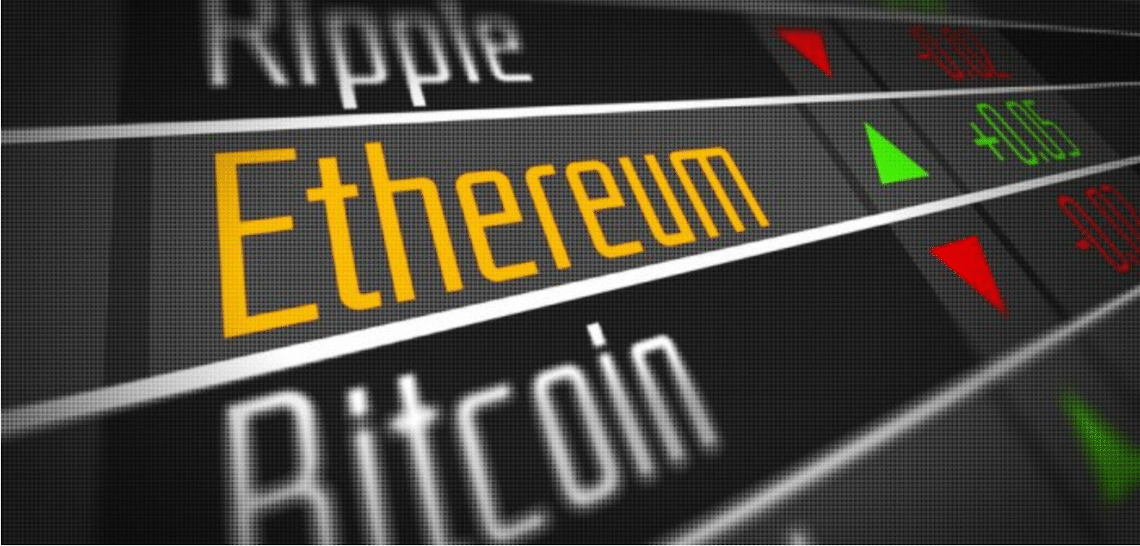
Although there are major structural differences between crypto-financial products on the market, all issuers may have one thing in common in recent weeks: Since mid-July, there has been a significant increase in demand for digital currencies.
In Switzerland itself, 21Shares AG (the leading issuer of passive investment products for Bitcoin and other crypto-currencies) has exceeded the CHF 100 million threshold (assets under management) for the first time since its foundation two years ago due to the increase in demand.
In the first two weeks of August alone, 21Shares AG saw more than CHF 18.5 million in trading volume in the eleven products listed on the SIX Swiss Exchange. This represents approximately 75% of the total trading volume of all Bitcoin ETPs on the exchange during that period. Bitcoin, as the largest and best known digital currency, saw most of the influences, but currently all eyes are on Bitcoin’s distant cousin: Ethereum.
Why should investors not ignore the second largest crypto currency?
With a market capitalization of USD 46 billion (as of August 19, 2020), Ethereum is the second largest crypto currency after Bitcoin (USD 219 billion). Since the beginning of the year, Ethereum has posted an impressive performance of 228% YTD. Bitcoin itself has increased by 63.1% in the same period. But what is Ethereum all about and why should investors not ignore the second largest crypto currency?
Ethereum was launched in Zug in 2015 by a small team of engineers led by Vitalik Buterin. The main difference between Ethereum and older blockchains like Bitcoin is the introduction of so-called Smart Contracts. Smart Contracts allow Ethereum not only to execute transactions, but to build entire applications on the block chain. The rules are defined by the Smart Contracts and executed by the block chain itself. Have you ever heard of Crypto Valley (train)? The majority of companies in Crypto Valley do nothing else but build applications on Ethereum’s Smart Contracts.
At its peak on January 13, 2018, the price of an Ethereum token was USD 1,448.18. At that time, there were only a handful of test applications and the assets under management on Ethereum were well below one million CHF. In addition, regulators still had to slowly adapt to this new technology and asset class. The term usage token was still a new concept at that time.
“Decentralized Finance (DeFi) Applications on Ethereum
Today the situation is completely different. The current bull run in the crypto market is mainly driven by the “Decentralized Finance” (DeFi) applications on Ethereum. There are now about USD 6.4 billion in Ethereum Smart Contracts and there are dozens of applications used by tens of companies worldwide. For example, Decentralized Exchanges (DEXs) are one of the largest pioneering technologies in the DeFi industry. DEXs allow individuals and institutions to trade directly with a counterparty without middlemen (or rather middlemen). A SIX Swiss Exchange without employees, buildings, managers, etc., so to speak, which enables everyone to trade securely peer-to-peer with other anonymous people.
DEXs are just one example of the DeFi applications on Ethereum. What do all these dozens of DeFi applications have in common? They all need the Ethereum token to work. Furthermore, Ethereum is about to make the biggest technical update from Ethereum 1.0 to Ethereum 2.0, which will upgrade the efficiency of the Ethereum block chain by a whole new order of magnitude. With a current price of USD 412.99 and a significant further regulatory and technical development in the industry, Ethereum remains the most exciting asset class this year.
How do I buy Ethereum?
Those who do not want to bother with a digital wallet and private keys can now buy Ethereum via the traditional bank or broker. 21Shares AG itself offers the AETH 21Shares Ethereum ETP (ISIN: CH04 5466 4027), which is not only listed on both stock exchanges in Switzerland (SIX Swiss Exchange and BX Swiss) in CHF, EUR and USD, but also meets the most important requirements of all institutional clients: AETH has an open-ended structure so that clients can make creations/reductions directly via the market maker (no price premiums). Furthermore, there is intraday liquidity, which is even more important in a volatile asset class like this. In addition, each share of the AETH ETP is fully collateralised in segregated accounts at all times, minimising counterparty risk.
*Originally published in German at CVJ.ch

